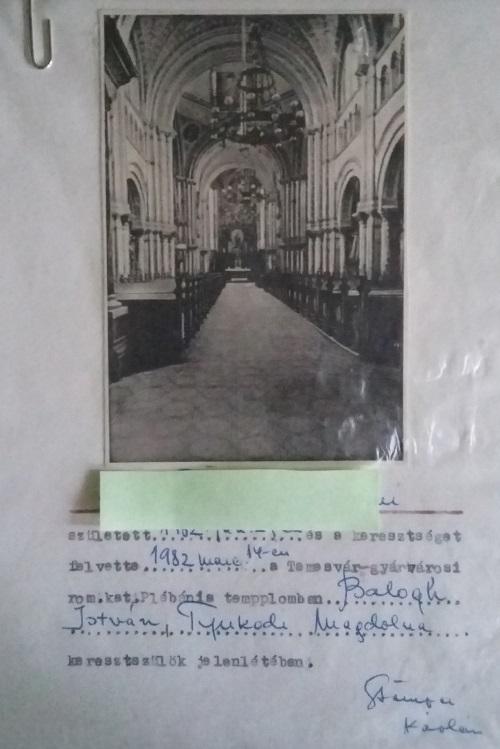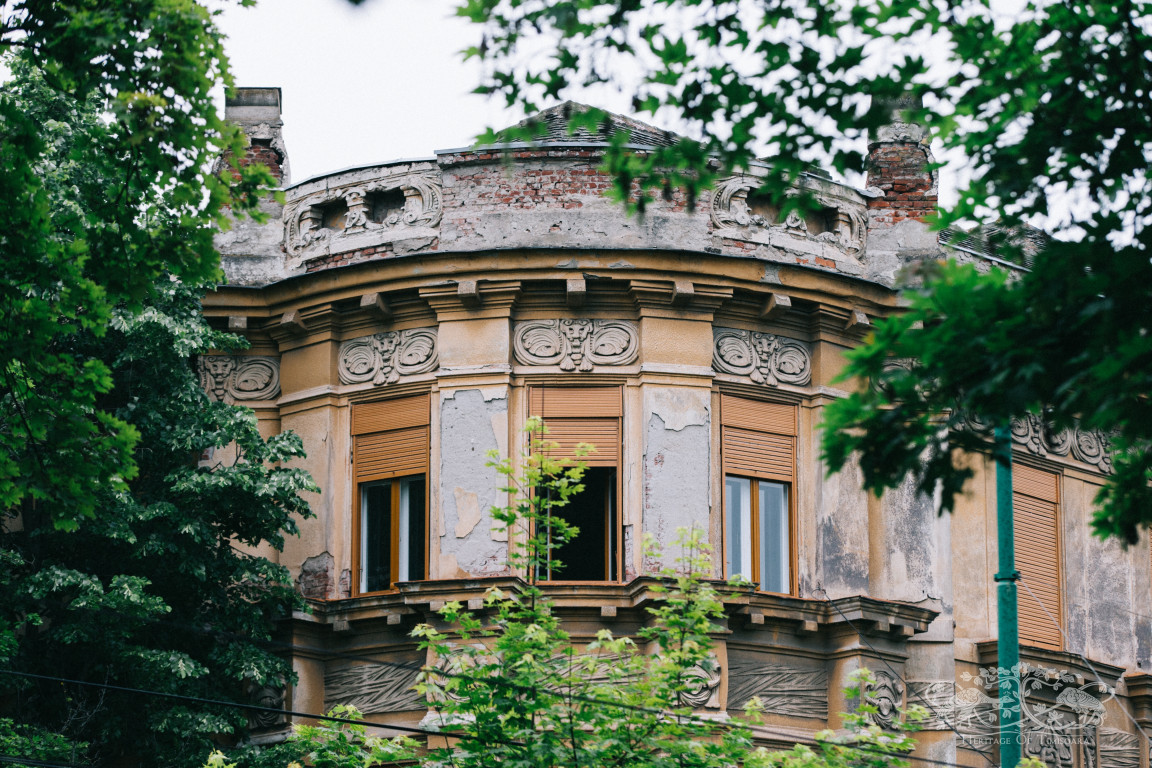N.K. has been living in Fabric for 10 years. She says she was looking to buy an apartment in an old/historic building. This‘because these buildings are more spacious and give you the feeling that you can breathe better… and they’re architecturally and esthetically customized. They speak of times when life went by at a different pace, not slow, but with enough respite to imprint the specifics, order or even disorder of the moment. But, beyond that, the neighbourhood is less crowded than other areas in Timișoara, and it is not fringy. You feel connected to the central part, where <>, but you can keep a comfortable distance if you want to.’
How did the neighbourhood evolve over time?
N.K.: From a neighbourhood designed for <> things (where even the name comes from), it became one where old developments are crumbling or transforming. The beer factory is still working and marks its presence with the specific yeast smell, still less disturbing than other polluting scents, but around it there’s the industrial zone belonging to Colterm and Enel. The small workshops, whose traces can be guessed from the ground floors of the buildings, are gone as well, leaving space for rather ramshackle commercial areas, where owners only see their own interest. But there still are some places where investments have been made to rehabilitate, especially after the law to protect historic buildings/ensembles came in. Some are really pretty, but they have jarring vicinities.
The buildings’ decay problem started with the nationalization in the communist era; after that, giving the buildings back, sometimes fraudulently, led to a boom of adjustments made by each and every owner’s liking and power, without respecting the specifications of the area, or even common sense of (co)habitation.
And last, but not least, the people. I think there are enough of those who were born here and continue to <>; they can tell you how it used to be, who had an office where, specific workshops, and you can feel by the way they talk (and they’re mostly eager to talk) that people used to be more connected than now; individualism is dominant these days.
I remember a conversation I heard in the park between two older people who were trying to guess what would open and the grund floor of the builgind next to Neptun Palace (it was being arranged for the now gone Fashion Lounge). They were hoping for a small grocery store, to avoid Badea Cartan Market or other commercial areas they didn’t have quick access to. Now it’s a clinic, so that’s a good thing. And in the same grievous tone: after the renovation, the change of the Parc movie theatre.
N.K. didn’t live in Fabric growing up. ‘I was baptised at the Millenium Church, probably because my godmother’s family lived nearby. I still keep the paper that marked the event.’

Do you have a favourite area in Fabric?
N.K.: Regina Maria (Eng. Queen Mary) Park, which I’m not sure is in Fabric… it’s a place with enough greenery left as it was (meaning there were no massive cuttings of trees, plantings of decorative shrubs). I live right near the park and sometimes I feel like I’m surrounded by a forest, you can hear birds chirping (not pigeons), you can practice different sporting activities, walk around, you can take photos… (this is the reason why, on weekends, there are a lot of wedding parties around the park - which would be perfectly fine but for the excessive honking).
What are the problems you see in the neighbourhood, and how do you think they could be solved? Did you do anything specific to make the neighbourhood a more desirable place?
N.K.: A few years ago, I worked in social services and I was involved in support and integration activities for people in different vulnerable groups, at the fringe of society, a big part of which came from the neighbourhood. Their problems were only partially or temporarily solved.
How do you think Fabric will evolve in the context of the city’s ascend?
N.K.: I guess some areas will be updated (like the halls on the Bega canal’s banks, the 1 Iunie factory, the Guban factory), some historic buildings, the synagogue and the tram lines in Traian Square will be rehabilitated, and what I wish would happen is relocating Coltern. However, I wouldn’t want shopping centres in the area (although the risk exists).
What activities would you like to see in the neighbourhood?
N.K.: Maybe some manufacturing workshops, to remind people of the neighbourhood’s original purpose…?
Photo credits: Flavius Neamciuc (1) & N.K. (2,3)
